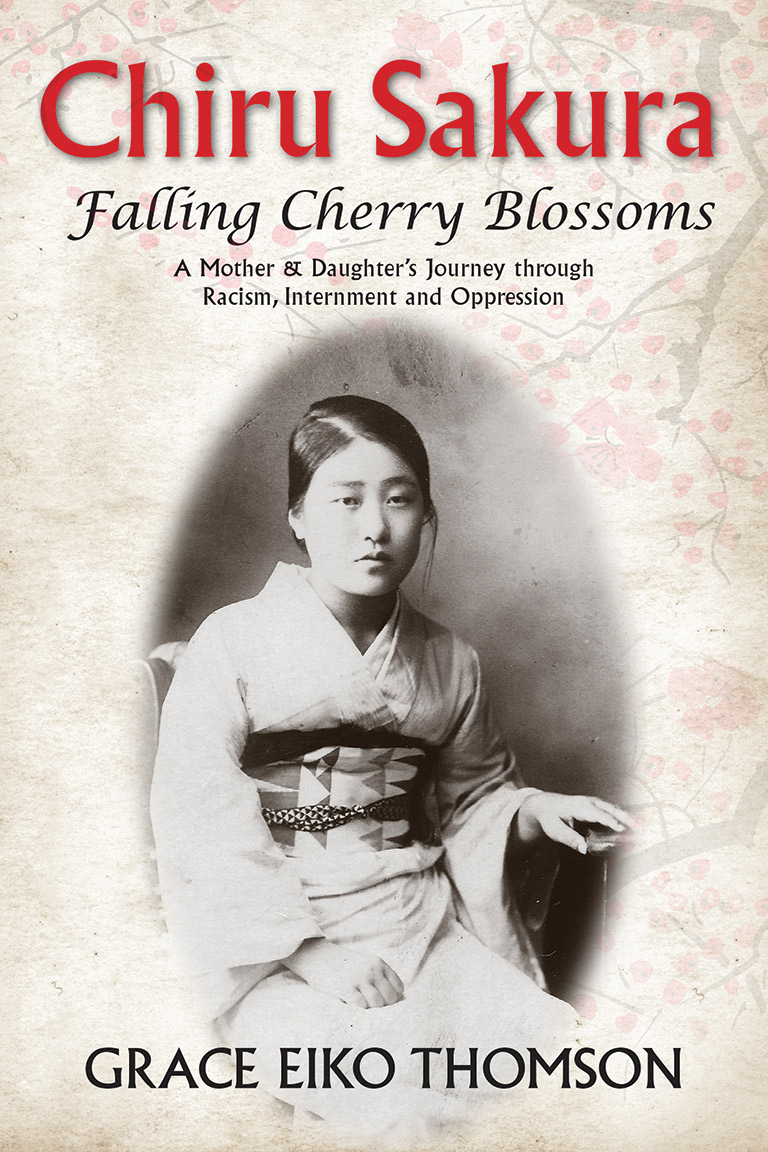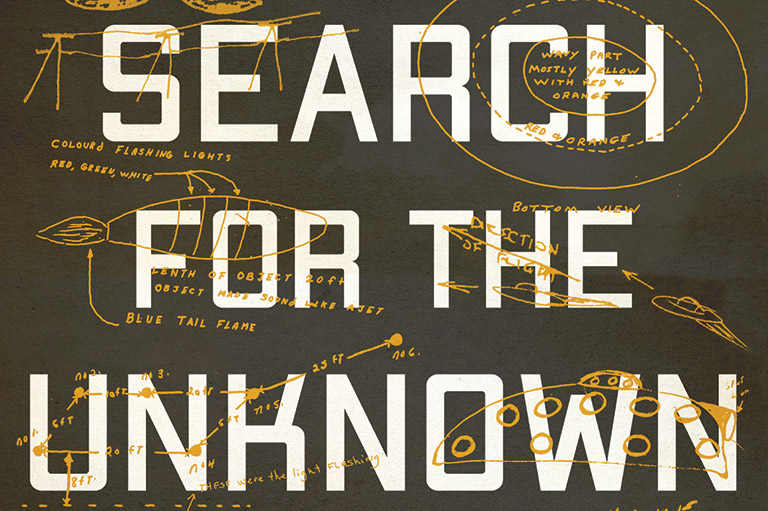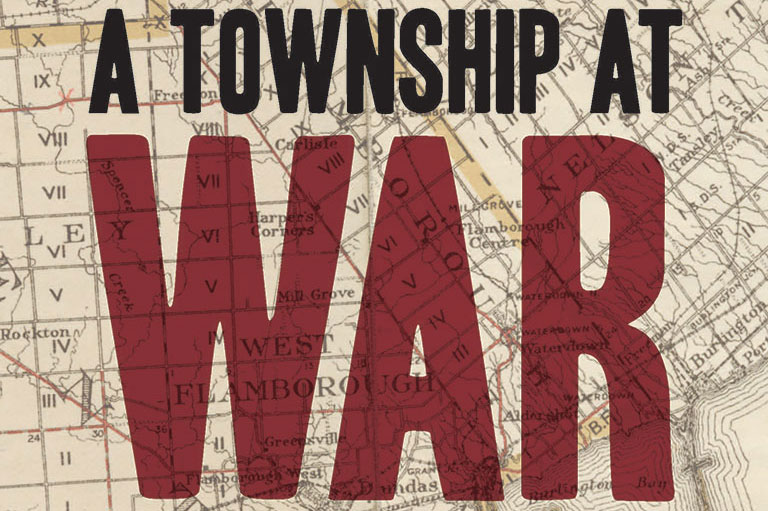Chiru Sakura – Falling Cherry Blossoms

Chiru Sakura – Falling Cherry Blossoms: A Mother and Daughter’s Journey through Racism, Interment and Oppression
by Grace Eiko Thomson
Caitlin Press
200 pages, $24.95
In Chiru Sakura, Grace Eiko Thomson presents a memoir of the internment of Japanese-Canadian people during theSecond World War, as well as the years of racism and discrimination that followed in the post-war era, as experienced by the author and her mother, Sawae Nishikihama (now deceased).
The two-viewpoint structure isone of the book’s strongest and most compelling aspects. Not only do readers see how internment affected people from different generations,we also learn how Thomson and her mother viewed certain events and handled difficult situations on a more personal level.
For example, when the war began Thomson and her family were forced to move to Minto, a small mining town in British Columbia. While her mother was scared for the family and about what was going to happen, Thomson — who was very young— remembers events differently. She writes, “when I think back, there was a feeling of well-being and excitement as we packed to leave our home in Vancouver, as though we were going away on holiday, this time to visit Uncle Konosuke in Steveston.”
The second half of Chiru Sakura shows how the years of internment affected Thomsn and her mother long afterwards and explains why they didn;t feel Canadian until many years later.
Themes associated with this article
Advertisement




